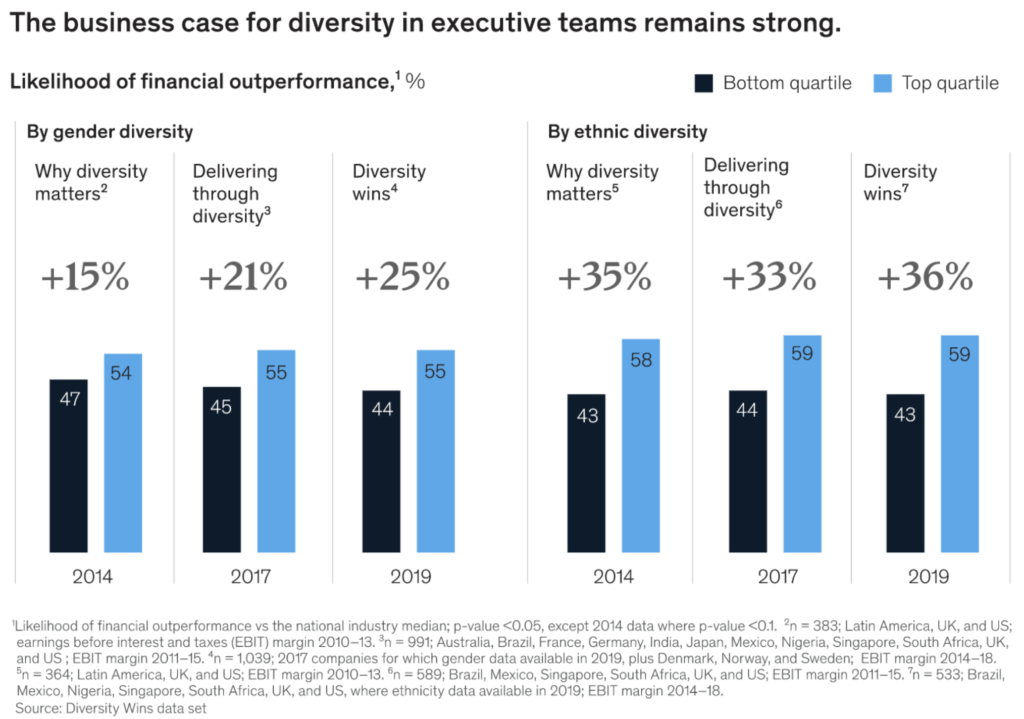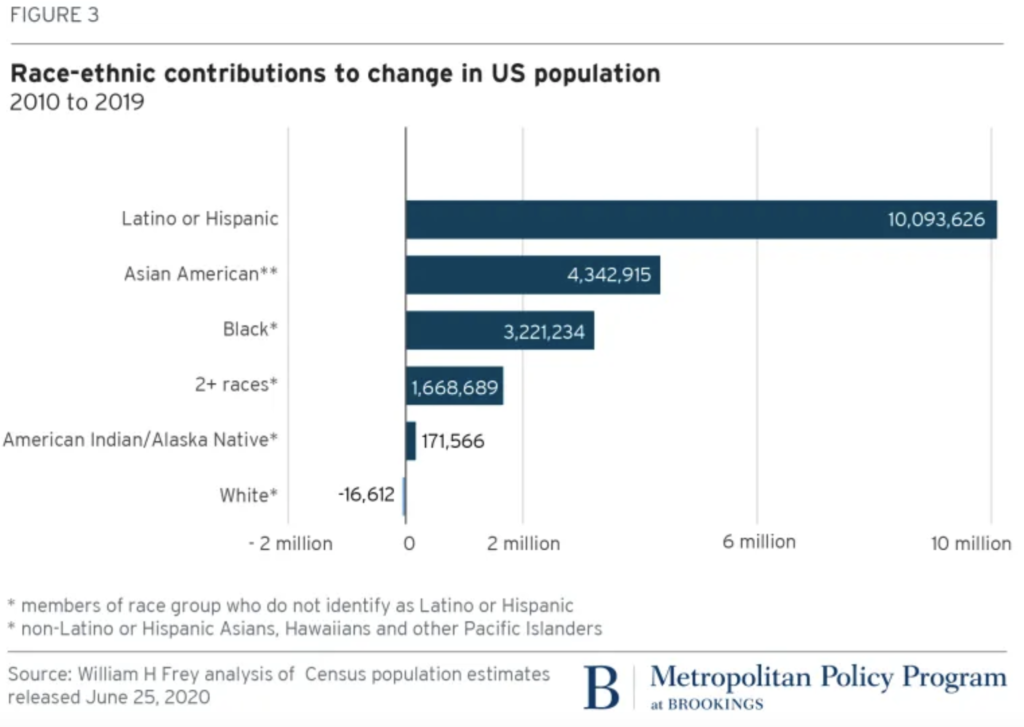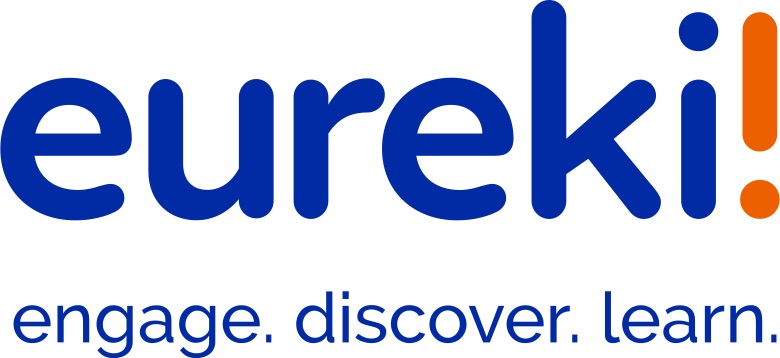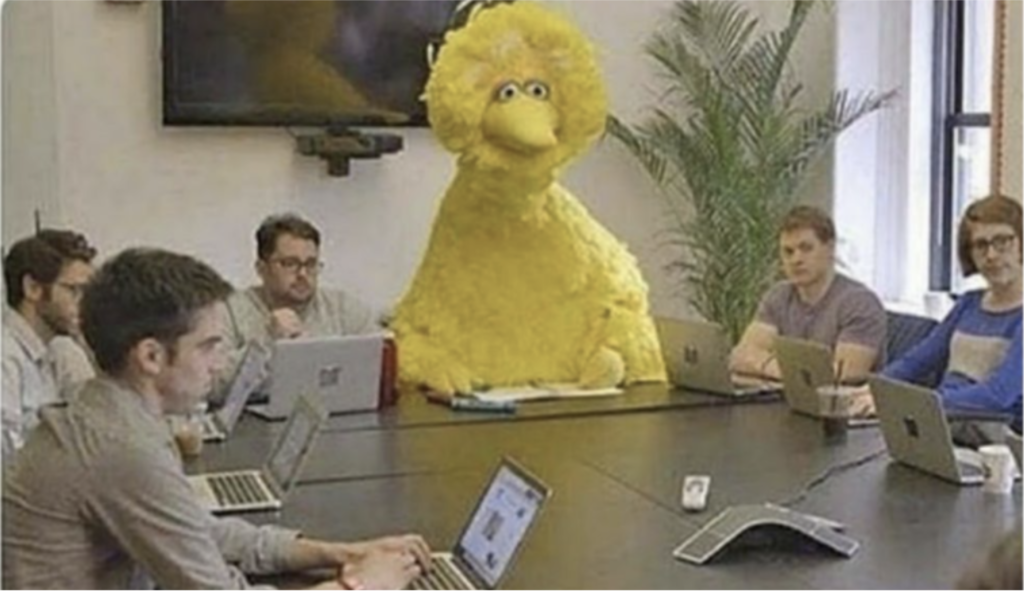The Diversity, Equity, and Inclusion Movement—and Why You Should Pay Attention
 The recent increase of violence against Asian Americans prompted NBA basketball player Jeremy Lin to speak up. “We are tired of being told that we don’t experience racism, we are tired of being told to keep our heads down…We are tired of being invisible, I want better for the next generation of Asian American athletes than to have to work so hard to just be “deceptively athletic.”” My two high school children were both struck by his statement and shared it with me. Both of them are college-bound athletes.
The recent increase of violence against Asian Americans prompted NBA basketball player Jeremy Lin to speak up. “We are tired of being told that we don’t experience racism, we are tired of being told to keep our heads down…We are tired of being invisible, I want better for the next generation of Asian American athletes than to have to work so hard to just be “deceptively athletic.”” My two high school children were both struck by his statement and shared it with me. Both of them are college-bound athletes.
As the diversity, equity, and inclusion movement continues to climb, another development/trend/behavior/mindset is also on the move. According to a 2020 article in Forbes magazine, white supremacy and violence continue to rise, with individuals targeting groups that they perceive as enemies. This can include minority groups and people who are different.
There are people who say, “I just don’t get it. I don’t understand why there is so much fuss around these issues. We have so many other issues to worry about. Nobody cares about what I’m going through.”
So, what does all of this have to do with education? Actually, it has everything to do with education.
Why? Let’s look at it through three lenses.
1. DATA
A 2018 Harvard Business Review article reported diverse teams, both in ethnicity and gender, substantially outperformed those that were more homogeneous. McKinsley reported in 2019 that profits were well over 36% greater in some cases. In their words, “The greater the representation, the higher the likelihood of outperformance.”

The reason why this happens is simple. When you are tackling hard problems, finding solutions for a diverse market, and trying to understand the priorities of your customers, you need different experiences, backgrounds, thoughts, and approaches in order to find the most creative, innovative solutions. If everyone in your company has the same experience, the work is much more challenging.
In Fortune 500 companies, 87% of all CEOs are white males. Women only make up 8%. Black, Asian, and Hispanic combined make up around 5%. In February 2021, Marketwatch reported that some of the largest companies in the Silicon Valley, such as Facebook, Twitter, and United Airlines, pledged to increase the number of diverse leaders in their organizations.
Why does this matter in education? If people do not feel included, empowered, heard, and valued for their differences, especially our young people, how can we expect them to speak out, to rise to the level where they bring their ideas and backgrounds to solve problems of the future?
2. COMPETITION
As a sports-focused household, our family talks about this question often. “Do you improve your skills by playing against someone equal to or better than you?” Research regarding competition has been mixed. Some link competition to negative outcomes such as aggression, stress, and anxiety. Others find no difference in performance when you introduce competition. However, if you view competition as a way to benchmark and improve your own personal goals, it could be very helpful. Going against a tough opponent, whether you are playing a sport, a video game, auditioning for that lead role, or getting a job, will help you hone in on your personal skills to get stronger and better. If you know where that high bar is set, you’ll work towards it, or decide it’s not for you.
Let’s take a moment to view the United States as a competitive “team.” Which team would have the greater chance of success? A team with a few strong players and a bunch of marginal ones, or a team filled with strong players?
Here’s a snapshot of the talent pipeline as it relates to diversity, equity, and inclusion.
The United States is getting more diverse.
It is not hard to understand the rise of the white supremacist movement if individuals feel threatened by those who are non-white. Afterall, the non-white population is growing at a faster rate than whites. While whites are still more than 60% of the total population, that percentage appears to be shrinking.

Hispanic and Black students earn fewer credits in advanced courses across all subjects.
A college degree is still a predictor of economic mobility, and taking advanced placement courses will strengthen a student’s chance of getting into a rigorous program. Why are fewer Black and Hispanic students taking advanced courses? About one quarter of high schools that serve the highest percentage of black and Hispanic students don’t even offer a second year of algebra. According to Pew Research, there is a greater percentage of Black and Hispanic children in poverty compared to the overall population. By the way, 30% of children raised in poverty do not finish high school.
At the end of the day, it boils down to math.
The Hispanic and black population make up more than 25% of the U.S. population. The more people we have ready to compete and solve big problems, the higher the probability we will succeed as a team.
3. EMPATHY
A Harvard study reports that we, as a species, share about 99.9% of our DNA with each other. The 0.1% differences do not affect core biology, but rather environmental and external factors. Race, as we know it, is more a political and social construct than a biological one.
Let’s think beyond race. This is about helping all those who have been marginalized feel more valued, included, and understood, including those who feel threatened. Prior to Eurekii, I was an executive for most of my 20+-year career. Most of that time was great. However, there were definitely moments where I distinctly remember being mistaken for a secretary, excluded from the drinks and golf, and experienced hesitation to move forward because I was a minority woman. During those awkward moments, I kept my head down and stayed invisible. I guess we will never know what impact I would have made in those moments if I had stood up and challenged those who marginalized me.
“We fear what we don’t understand.” Bruce Lee
So how can we understand? Personally, I started with simple things. I listened to my friends who I don’t always agree with to understand their message and concerns. I read articles and books that challenged my views. I try to imagine what my neighbor is going through, and model empathy and inclusion to my kids.
Our children listen to us and observe our actions. It is so critical that we challenge ourselves to take one simple step and try to understand the issues from a different point of view. We’re all better for it.
Sources
As attacks against Asian Americans spike, Jeremy Lin pushes for action
Report: NBA G League to Investigate Jeremy Lin’s Allegations of Racism
8 Amazing Benefits of Cultural Diversity in the Workplace
The World’s Most Tolerant Countries—UPDATED 2021
The power of competition: Effects of social motivation on attention, sustained physical effort, and learning
The Business Case For Women In The C-Suite
Diversity wins: How inclusion matters
Female Fortune 500 CEOs reach an all-time high, but it’s still a small percentage
The number of black CEOs in the Fortune 500 remains very low
Facebook, Twitter, United Airlines and other large companies pledge to boost numbers of diverse leaders
How People Learn: Brain, Mind, Experience, and School: Expanded Edition
The Biology of Fear
Competition in Sports
The Effects of Competitive Orientation on Performance in Competition
Sport and Competition
College Preparation for African American Students: Gaps in the High School Educational Experience
Schools are still segregated, and black children are paying a price
Categorical inequalities between Black and white students are common in US schools—but they don’t have to be
U.S. Education: Still Separate and Unequal
The Race Gap in High School Honors Classes
Indicator 14: Advanced Placement and International Baccalaureate Coursetaking
How Science and Genetics are Reshaping the Race Debate of the 21st Century
Prior to COVID-19, child poverty rates had reached record lows in U.S.
The nation is diversifying even faster than predicted, according to new census data












